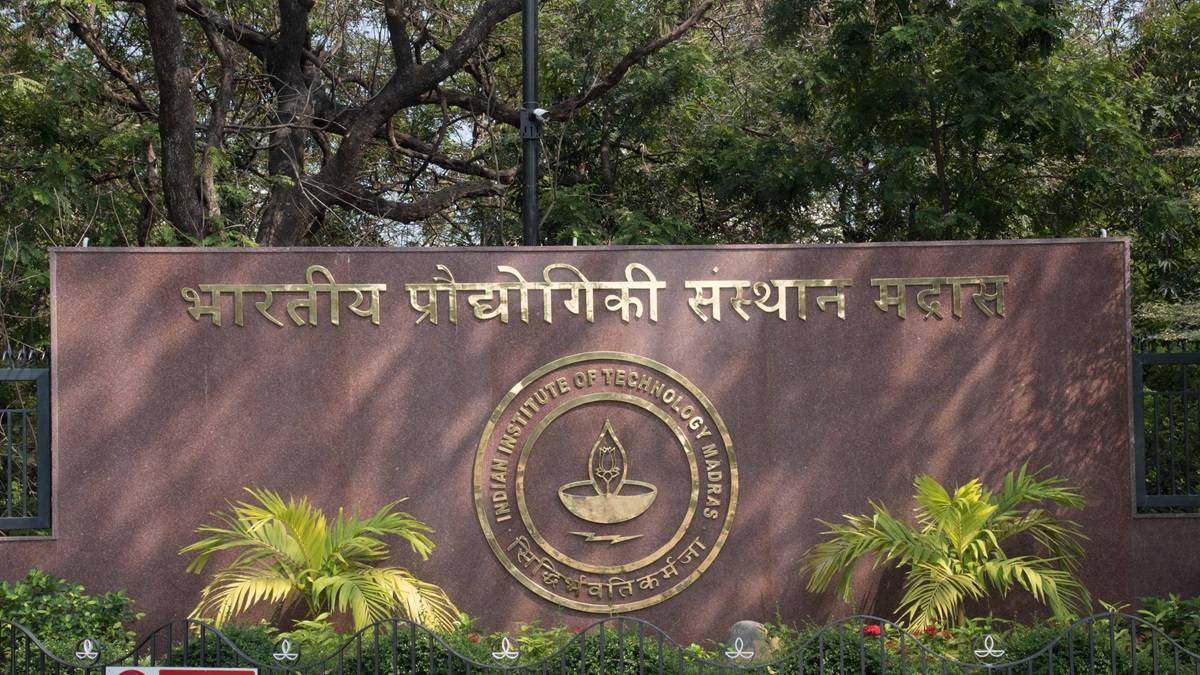Private Universities Closing the Gap on IITs, Finds New KPMG Analysis of NIRF Rankings
Study by KPMG has reaffirmed consistent leadership of IITs, particularly IIT Madras, which topped “Overall” and “Engineering” categories in NIRF 2024. IIT Delhi, IIT Bombay, IIT Kanpur, and IIT Kharagpur have also maintained their ranking among top five.
India leading higher education institutions continue to evolve, with private universities steadily narrowing gap with their public counterparts, states a report by KPMG. Report titled “Insights from NIRF 2024 Rankings: How Indian Higher Education is Evolving,” highlights shifting balance in research, innovation, and employability outcomes across India’s higher education spectrum.
BITS Pilani Vice-Chancellor, Prof. Ramgopal Rao sharing his opinion on report writes on X: “shows how NIRF data, when carefully examined, can reveal fascinating trends about the growth and diversification of Indian higher education.” He added that the insights “reflect the growing competitiveness between IITs, state-funded universities, and leading private players.”
IITs Continue to Dominate Major Categories
Study by KPMG has reaffirmed consistent leadership of IITs, particularly IIT Madras, which topped “Overall” and “Engineering” categories in NIRF 2024. IIT Delhi, IIT Bombay, IIT Kanpur, and IIT Kharagpur have also maintained their ranking among top five. Report highlights that together top ten engineering institutions contribute over 40 percent of India’s total Scopus-indexed publications, indicating their continued research dominance.
| Top Engineering Institutions (NIRF 2024) | Overall Score | Key Strength |
|---|---|---|
| IIT Madras | 89.18 | Research & Professional Practice |
| IIT Delhi | 87.11 | Placement Outcomes |
| IIT Bombay | 85.21 | Academic & Employer Perception |
| IIT Kanpur | 82.24 | Innovation and Patents |
| IIT Kharagpur | 78.59 | Research Citations |
Private Universities Strengthening Their Research Profile
KPMG’s analysis points to a notable rise among private universities, especially those with strong multidisciplinary ecosystems. BITS Pilani, Amrita Vishwa Vidyapeetham, and VIT Vellore emerged as standout performers, improving their research and faculty metrics significantly between 2021 and 2024.
| Leading Private Institutions (Overall Category) 2024 | NIRF Rank Research Score (2024) | Change (since 2021) |
| Amrita Vishwa Vidyapeetham | 15 | 34.2 +9.1 |
| BITS Pilani | 20 | 33.5 +7.5 |
| VIT Vellore | 22 | 31.7 +8.3 |
| SRM Institute of Science and Technology |
28 | 29.6 +6.2 |
| Shiv Nadar University | 45 | 27.8 +5.4 |
Prof. Rao remarked that “such consistent improvement reflects an intentional focus on research infrastructure, global partnerships, and innovation driven curricula.” He noted that gap between IITs and top private universities is “visibly shrinking” as more private campuses invest in faculty development and interdisciplinary research.
IITs vs Private Universities: Growth Trends (2021–2024)
KPMG’s comparison highlights how both type of institutions have evolved in research, employability, and inclusivity scores over past three NIRF Ranking cycles.
| Parameter | IITs (Average Score Growth 2021–2024) | Private Universities (Average Score Growth 2021–2024) |
| Research & Professional Practice | +6.8 | +9.6 |
| Graduation Outcomes (Employability) | +7.1 | +10.3 |
| Inclusivity & Outreach | +3.9 | +5.4 |
| Teaching, Learning & Resources | +4.2 | +6.1 |
| Perception | +5.7 | +4.3 |
Data also shows that while IITs maintain upper hand in absolute scores, private institutions have improved faster across nearly every metric of NIRF. Their major gains were seen in employability outcomes and inclusivity, reflecting better student diversity and stronger ties with industry.
Regional Strengths and State Universities’ Performance
Among different regions of India, southern region continues to dominate with 45% of top 100 universities coming from Tamil Nadu, Karnataka, and Telangana. However, Gujarat and Rajasthan have emerged as new centres of institutional growth, with more universities entering into NIRF top 200.
Among government universities, Jawaharlal Nehru University (JNU), University of Delhi, and Banaras Hindu University (BHU) continue to hold strong positions due to their consistent academic and research output.
| Top Central and State Universities (2024) | Rank | Overall Score |
| Jawaharlal Nehru University | 2 | 68.3 |
| Banaras Hindu University |
5 | 64.9 |
| University of Delhi | 8 | 63.1 |
| Anna University | 13 | 58.7 |
| Jadavpur University |
19 | 56.2 |
Improved Employability and Industry Linkages
KPMG in its analysis found 11 percent improvement in average employability scores between 2021 and 2024, indicating that Indian universities are becoming more industry aligned. IIT Delhi and IIT Bombay lead in placement outcomes, while BITS Pilani and Amrita Vishwa Vidyapeetham have emerged as private-sector leaders in same metric.
Follow Shiksha.com for latest education news in detail on Exam Results, Dates, Admit Cards, & Schedules, Colleges & Universities news related to Admissions & Courses, Board exams, Scholarships, Careers, Education Events, New education policies & Regulations.
To get in touch with Shiksha news team, please write to us at news@shiksha.com

Comments
(2)
S
2 months ago
M
2 months ago

Abhay Anand is an experienced education journalist with over 15 years in print and digital media. Currently serving as Manager- Editorial at Shiksha.com, he specializes in higher education policy, student mobility,
Read Full Bio